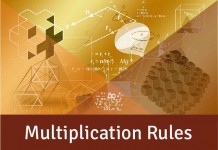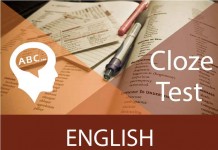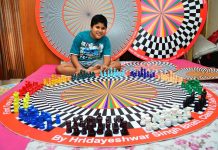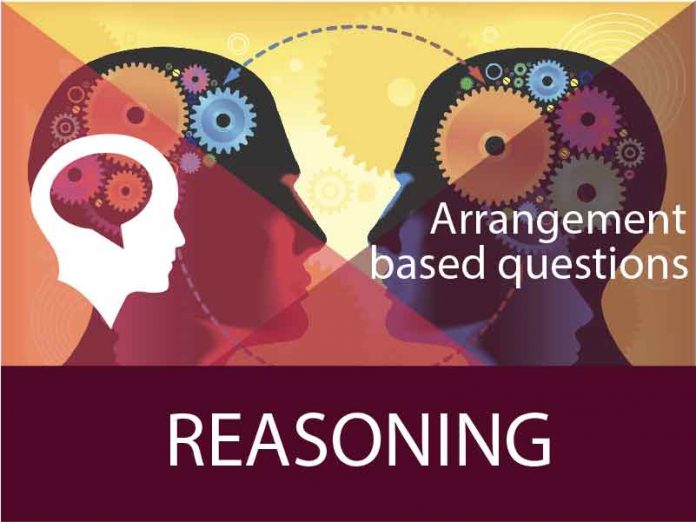Arrangement Based Puzzles: Set 54
Arrangement Based Questions are important for all competitive exams. We are here with daily sets of Arrangement based questions.
Seven people P, Q, R, S, T, U and V live on separate floors of a 7-floor building. Ground floor is numbered 1, first floor is numbered 2 and so on until the topmost floor is numbered 7. Each one of them belongs to different countries viz. France, Japan, China, Fiji, Qatar, Germany and Australia but not necessarily in the same order. Only three people live above the floor on which P lives. Only one person lives between P and the one belongs to Germany. U lives immediately below the one who belongs to Japan. The one belongs to Japan lives on an even-numbered floor. Only three people live between the one who belongs to Germany and the one who belongs to China. T lives immediately above R. T does not belong to China. Only two people live between Q and the one who belongs to Qatar. The one who belongs to Qatar live below the floor on which Q lives. The one who belongs to France does not live immediately above or immediately below the floor on which Q lives. S does not live immediately above or immediately below the floor on which P lives. V does not belong to Fiji.
Q1. Which of the following is true with respect to V as per the given information?
(a) The one who lives immediately below V, belong to Japan.
(b) V lives on floor no. 7.
(c) V lives immediately below T.
(d) V lives on the lowermost floor.
(e) V belongs to Germany.
Q2. Who among the following lives on floor no. 3?
(a) The one who belongs to Fiji
(b) The one who belongs to Qatar
(c) R
(d) V
(e) T
Q3. Who lives on the floor immediately above T?
(a) P
(b) Q
(c) S
(d) V
(e) U
Q4. S belongs to which of the following Country?
(a) Japan
(b) Germany
(c) China
(d) Qatar
(e) Fiji
Q5. How many people live between the floors on which S and the one who belongs to Japan?
(a) None
(b) Two
(c) One
(d) More than three
(e) Three
Solution (1-5):

S1. Ans.(A)
S2. Ans.(B)
S3. Ans.(E)
S4. Ans.(E)
S5. Ans.(B)





















